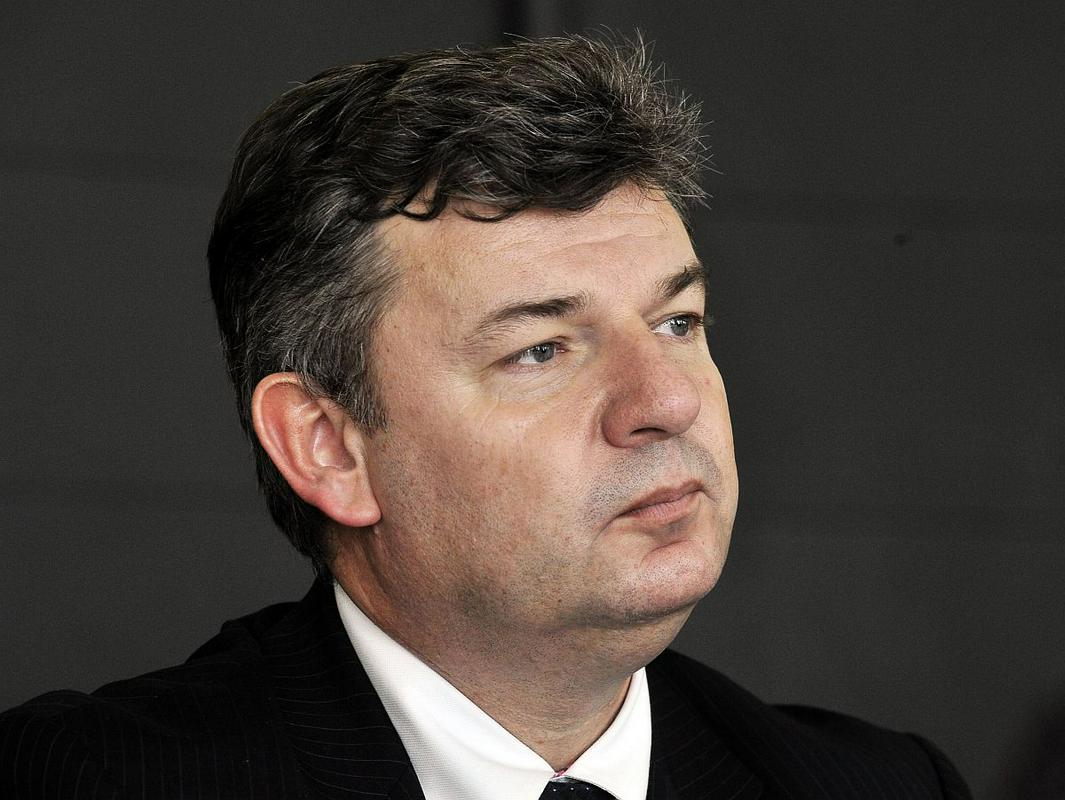
However, the government now sees its chance in filling the budget through the sale of fuel through the so-called infrastructural i.e. petrol cent. It should supplement the yearly road user charges, which according to officials bring in too little funds for road maintenance. The petrol cent is scheduled to take effect in mid-2016.
The Minister of Infrastructure, Peter Gašperšič, explains that the new tax is necessary if we wish to develop the country’s road and rail infrastructure. A number of Slovenian regions lag behind in development due to poor connections and there will be no new European funding in future financial perspectives, apart from that for core network corridors.
The new tax would be introduced gradually and in the beginning it would amount to three cents per liter of fuel. In the following years it would rise to 6 or 9 cents for every liter of sold petrol or diesel fuel. The end price will be known once the number of investments i.e. needed funds is established. Minister Gašperšič also explains that the tax would be somewhat higher at petrol stations along the highway, while cheaper at some places near the state border.
Least in favour of the idea are the hauliers, which fear damage to their business. Robert Sever, from the Transport Association at the Chamber of Commerce, says it would be wiser for the government to try fill the budget by stimulating fuel usage.
On a yearly level every cent brings in around twenty million euros. The Ministry of Infrastructure estimates that it would require from 100 to 150 million euros a year.

































































